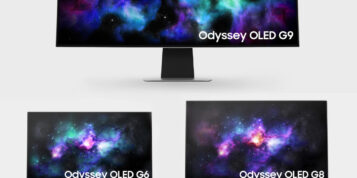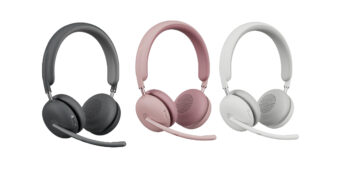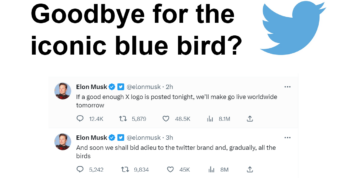The Consumer Electronics Show (CES) 2018 showcased a range of gadgets and gizmos, with a heavy focus on artificial intelligence, internet of things and autonomous vehicles. For augmented reality (AR), Virtual Reality (VR) and 360° video technology, the advancements didn’t address some of the issues facing the industry, such as the simple creation of high-quality experiences. Yet, there was some promise in the rise in standalone VR headsets and some innovative developments in haptic technology that could pave the way for future development of the medium.
Here’s my view on the latest developments at the show and what they reveal about the current state VR and 360° video and where it’s heading in the near future.
Headsets need to match other viewing experiences with better resolution
At CES one of the big launches in VR was the HTC Vive PRO headset, which has increased its resolution by 78 percent to give viewers a closer-to-reality and more immersive experience.
However, there is still more to be done if we want to see this media compete with the likes of ultra-high-definition (UHD)/4K video, which is becoming a standard across nearly every other medium.
As more progress is made on increasing VR headset resolutions, we’re getting closer to UHD quality, and with that, we’ll see more immersive content being created across the board in the coming years.
Standalone devices are entering the market and making VR more accessible
At CES there was a rise in the number of standalone VR devices on show that don’t require a mobile or PC to run them such as the new Lenovo Mirage Solo, Pico Neo and Intel’s Project Alloy VR headets.
Currently it’s not possible to fit the processing power of a PC into these devices. This means the quality of experience is hit, with a reduction in resolution compared to the high-end devices like the HTC Vive Pro and Oculus Rift. However, these solutions are making VR more accessible for consumers so we expect them to be a popular choice.
Filming and producing high quality 360 content is still a challenge
There are quite a few companies working to make 360° easier to film and produce for consumers. They are starting to succeed at the lower resolutions required by the mobile and standalone VR headsets coming onto the market. The combination of lower cost 360˚ cameras and the standalone VR headsets should mean that we see more people able to get into recording and using 360˚ video. Recording and playing back UHD and above resolutions is still a challenge and as a result, the quality of 360° videos being produced by regular consumers is lower than they could (and should) be.
At CES, we saw the Lenovo Mirage Camera taking a different approach to making it easier for consumers to film immersive content. By recording 180˚ video you remove the need to for a stitching process to make it much easier to deal with for the average consumer without compromising quality.
The new cameras released by Insta360 this year also showed us one of the next steps in the evolution of VR. The 360° camera makers unveiled an eight-lens camera, capable of filming 10k video, called the Titan. The camera will be able to provide a 3D experience for 360 videos, ensuring the viewer with an extra amount of detail and in-depth perspective to truly elevate the viewing experience. NextVR are also pushing the boundaries in this area, in terms of live broadcasting 360° video, through the addition of Six Degrees of Freedom (6DoF) in their recording application.
It’s advancements like these that make 6DoF filming a standard for immersive viewing and become what we believe will be a natural progression of the format.
Haptic feedback devices are getting better and better
The Teslasuit and Contact CI’s Maestro VR haptic glove shown at CES showed positive steps towards making the VR experience more immersive.
The mobile and standalone VR devices typically enable the user to interact with a 360 experience via single remote control and a few buttons, but having the use of your hands in a more realistic way will create some incredible experiences. For me personally, the Oculus motion controllers are still best in class commercially available VR controllers but I’m really looking forward to the next generation of controllers and haptic feedback devices that will shape where VR is heading in the future.





